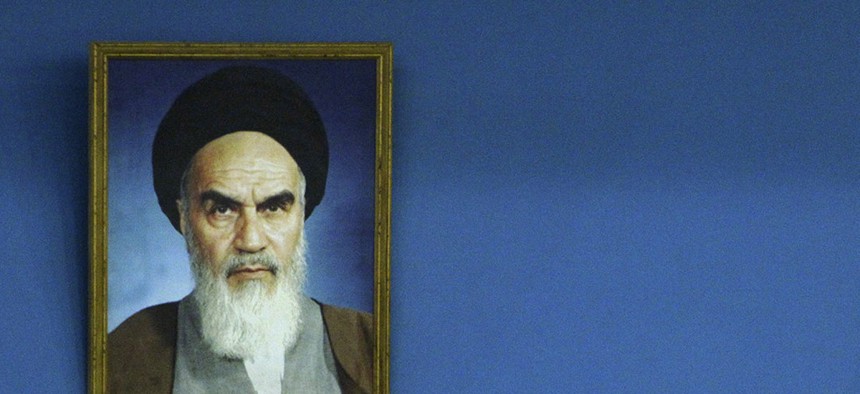
Iran's Supreme Leader Ayatollah Ali Khomeini delivers a speech in Tehran, on February 17, 2014. Office of the Iranian Supreme Leader/AP
This Is the Roadmap for Closing a Nuclear Deal With Iran
Iran will likely wait out the clock on the Nov. 24 nuclear agreement while telling everyone it's no big deal. Here's what the U.S. can do in the meantime. By Steve LeVine
Hopeful officials in the Obama administration are circulating (paywall) a description of a potential nuclear deal with Iran, suggesting a chance of success after 11 years of talks in one form or another. To follow what happens next, it’s necessary to understand one basic fact—the calendar favors the Western side, and seriously disadvantages Iran.
That’s right—contrary to the prevailing wisdom, Iran should push for a handshake on Nov. 24, the deadline for an agreement, or as soon as possible afterwards, even while speaking blithely that it isn’t bothered one way or another. Conversely, Western leverage increases as time goes on, and hence as a primary negotiating position, the West should both loudly threaten to extend the deadline, and be prepared to do so.
To understand why, start with the fact that both sides want a deal; what separates them is the terms. As a metaphor, think of poker, in which one first must presume that everyone is at the table to gamble.
Read more at Quartz.




